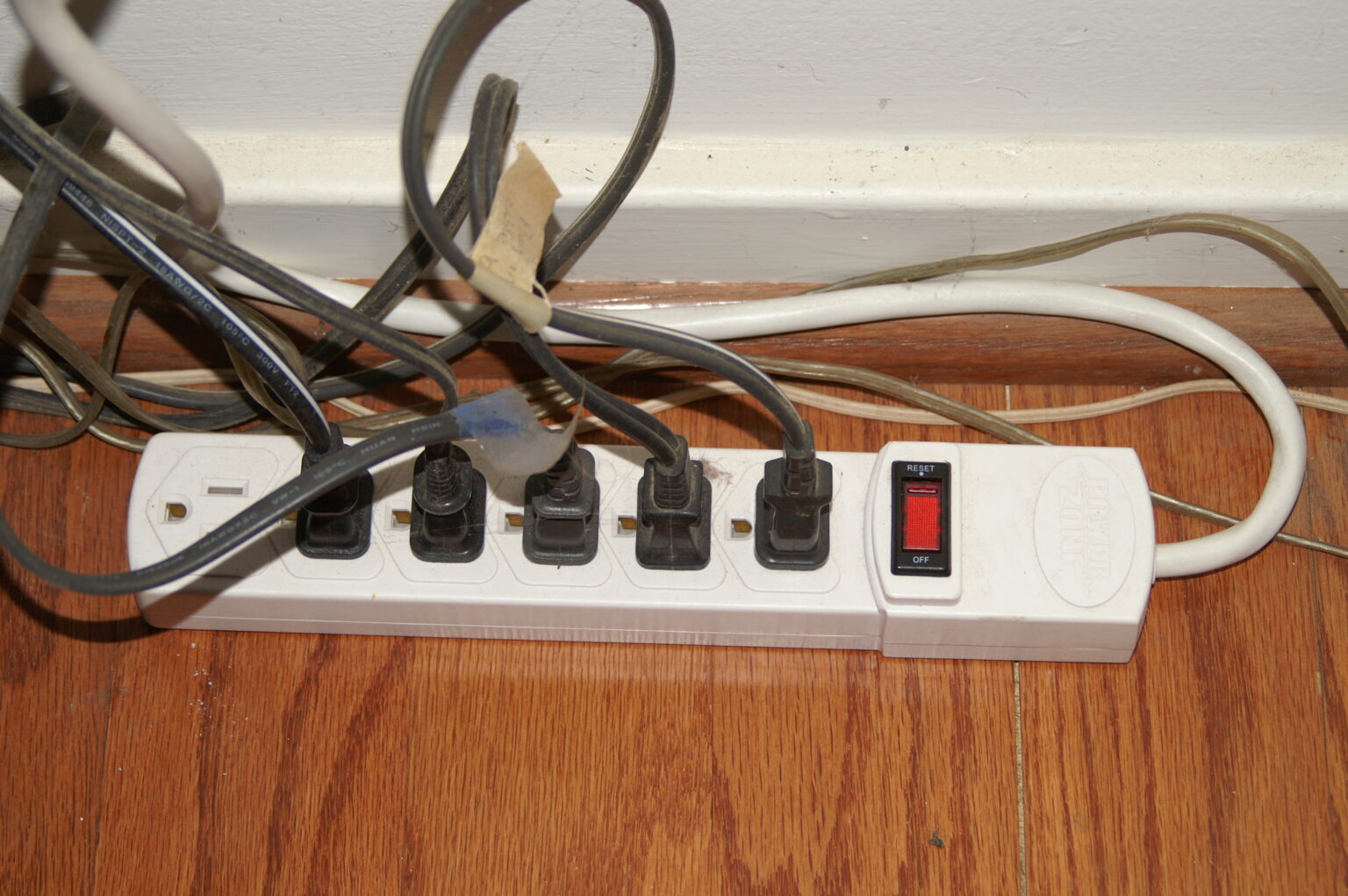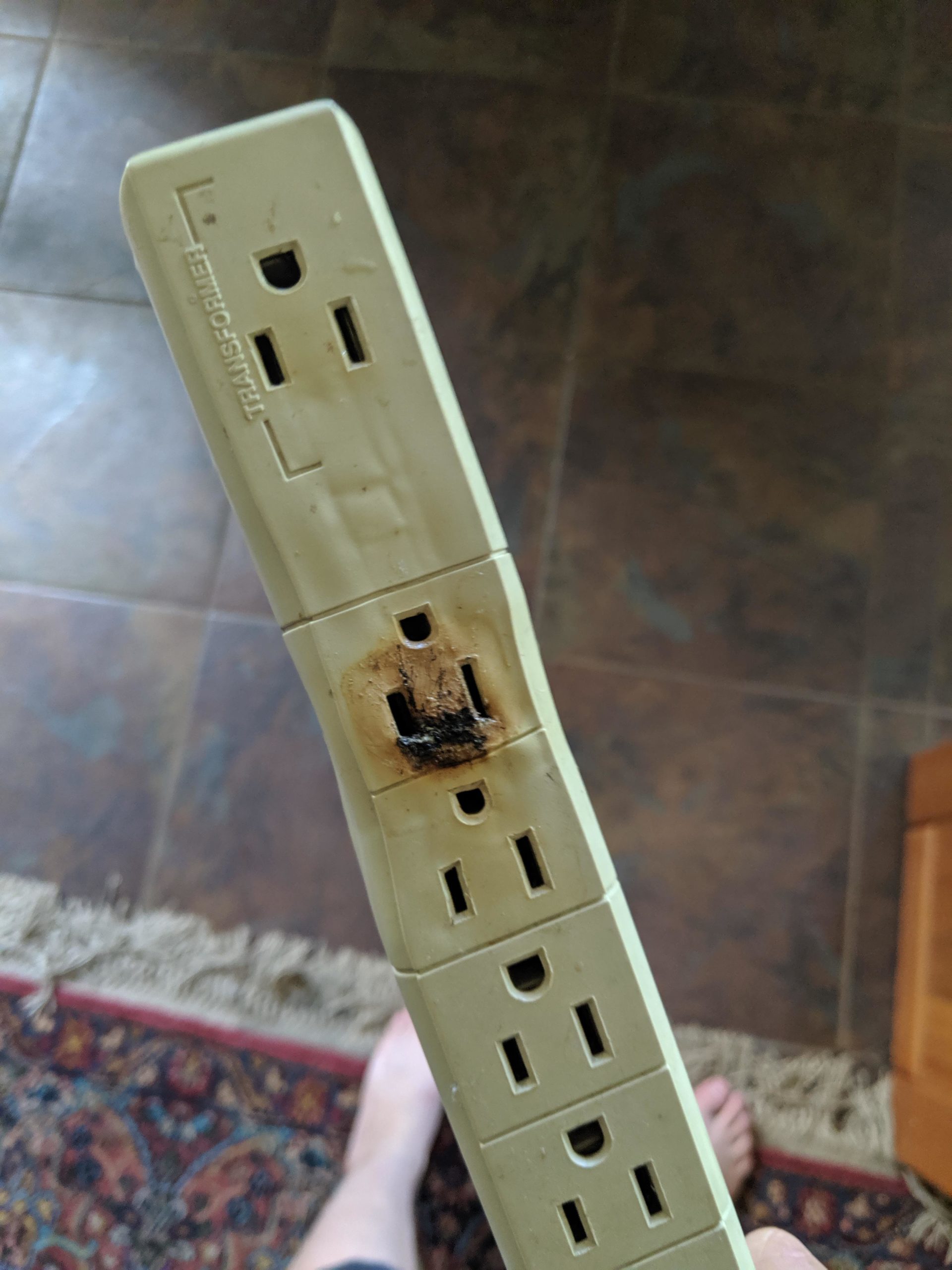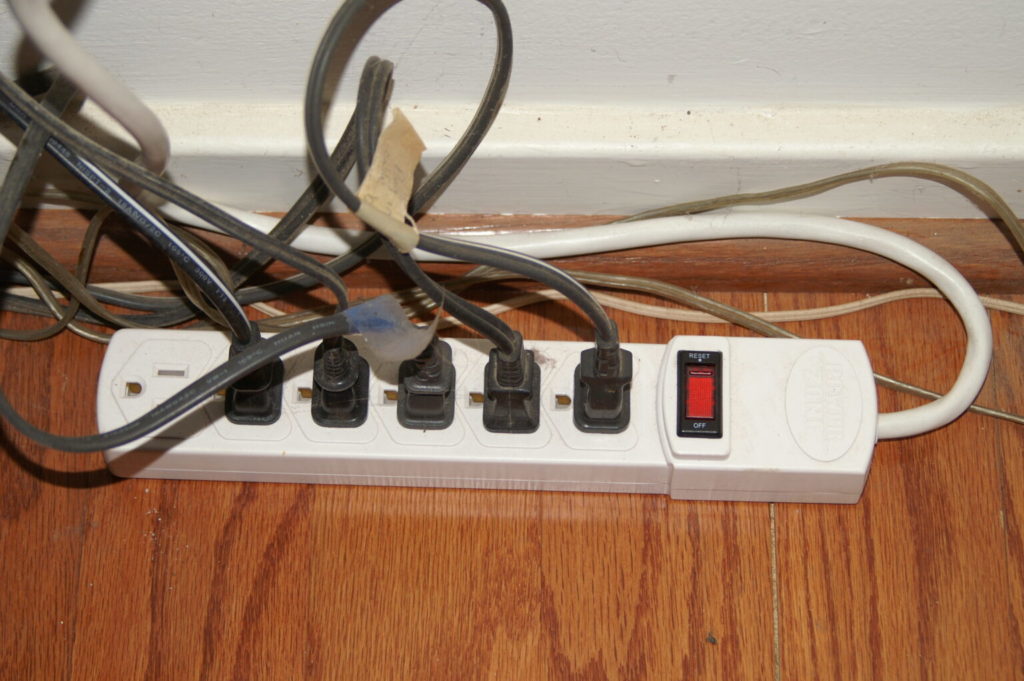
Power strips are a common solution in situations where the number of outlets in a standard wall socket is insufficient to power all our electrical and electronic devices. While these devices can charge smartphones or power an entertainment system, there are some that consume too much energy and should never be plugged into a power strip.
Overloaded power strips pose a fire risk when used with high-power devices such as toasters, space heaters, and air conditioners. Additionally, you should not use an indoor power strip in a humid environment, such as a kitchen or laundry room, due to the risk of damage. Make sure the devices you plug into a power strip do not exceed its maximum power, which can be found on the device label. This rule applies wherever you use a power strip. Most power strips have a rating of 15 amps, which means they can handle 1,800 watts.

Refrigerators A power strip can quickly be overloaded by energy-hungry appliances, often cycling like refrigerators. It is recommended to connect these gadgets to an outlet specifically designed to power them. You risk tripping the circuit if you try to use the same outlet for more than one device.
Microwaves The microwave is a culinary wonder as it cooks, defrosts, and reheats food much faster than a conventional oven. However, a power strip cannot provide enough power for all these fantastic activities. A separate electrical outlet is needed for the microwave, just like for a standard electric oven.
Coffee Makers To turn those roasted coffee beans into a hot beverage, most coffee machines require a significant amount of amperage, which might seem like a lot of energy for something as mundane as your morning cup of coffee. If you don’t want to wake up to a half-full coffee pot, make sure to plug your coffee maker directly into an outlet.
Kitchen Range Hoods The inside of a toaster oven consists essentially of a network of wires heated to extremely high temperatures to toast bread. Anyone who has ever looked inside to remove a stubborn piece of crust knows this. A power strip can quickly overheat due to the current consumption of these wires. Electric skillets, toaster ovens, and waffle makers all have the same issue.

Slow Cookers When you plug your slow cooker into a power strip to free up other appliances from your countertop, you might think you’re a genius, but you’d be mistaken. These kitchen gadgets consume more energy over a longer period than what a standard power strip can provide. Also, make sure the slow cooker is securely connected to a wall outlet to avoid any potential hazards, as its main advantage is its ability to cook food slowly and without human intervention.

Hair Care Appliances The electricity needed to operate your flat irons, curling irons, and hair dryers is significant. For safety reasons, never plug a heat-producing hair styling appliance directly into an electrical outlet. If possible, use a GFCI outlet to eliminate the risk of water damage, which is a common issue in bathrooms. This will prevent the circuit breaker from tripping.
Air Conditioners The design of portable air conditioners is similar to that of heaters; when turned on, they consume a significant amount of current. In doing so, you risk overheating them or tripping the circuit breaker on a power strip. That’s why these devices require a specific outlet to operate continuously.
There are several things you should never plug into a power strip to avoid potential hazards, such as fire risks or equipment damage. Here are some important items to avoid:
- High-Powered Appliances: Devices like refrigerators, microwaves, or space heaters should be plugged directly into a wall outlet because they draw too much power for a power strip.
- Medical Equipment: Life-saving medical devices should always be plugged directly into a wall outlet to ensure they have a stable power source.
- Extension Cords: You should not plug an extension cord into a power strip, as this can overload the circuit.
- Multiple Power Strips: Daisy-chaining power strips (plugging one power strip into another) can lead to overheating and potential fire hazards.
- Devices with Heavy Loads: Items like air conditioners or large entertainment systems should not be plugged into power strips as they require more power than they can handle.
It’s always best to use power strips for low-power devices like lamps, chargers, and computers.
